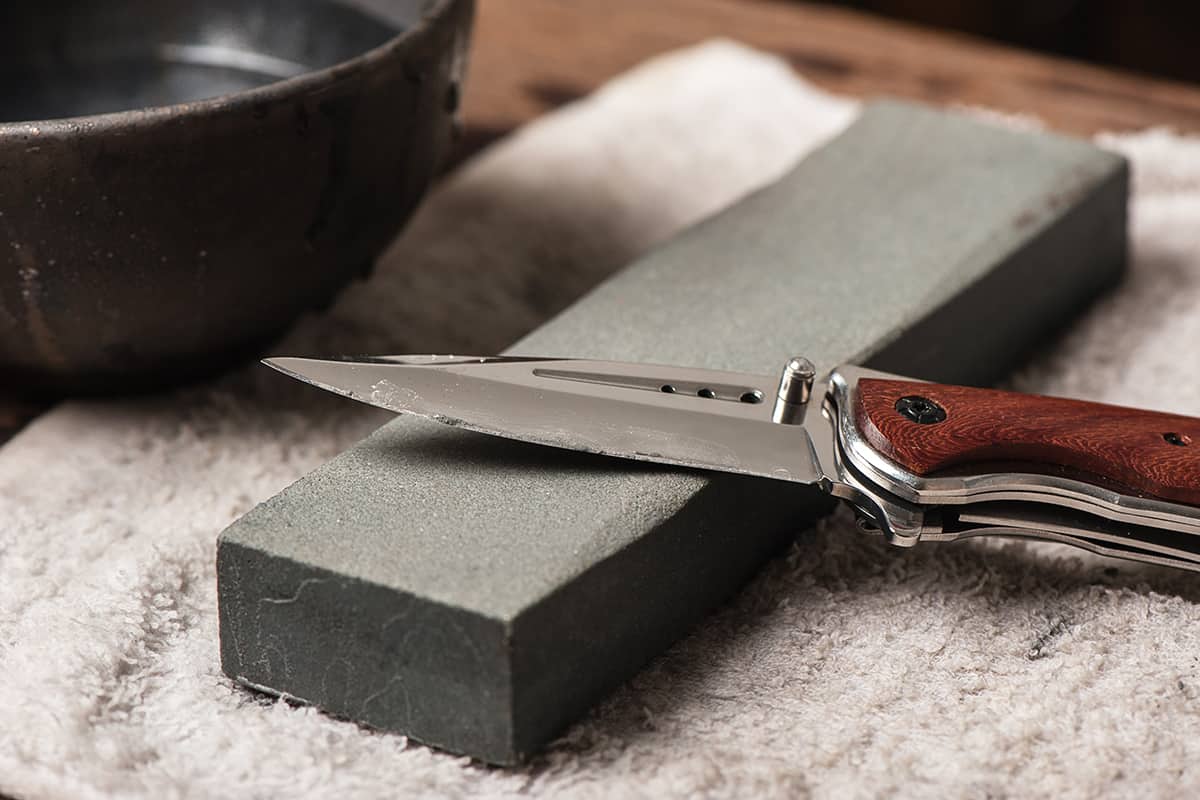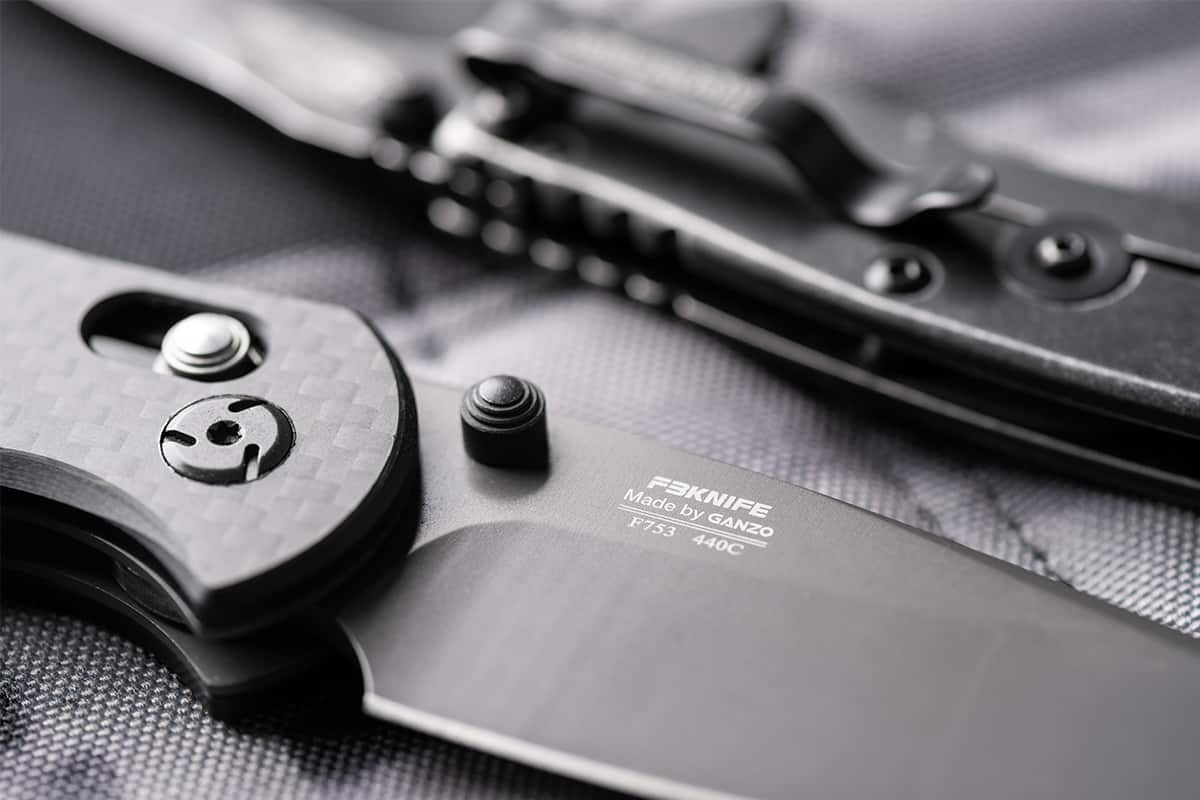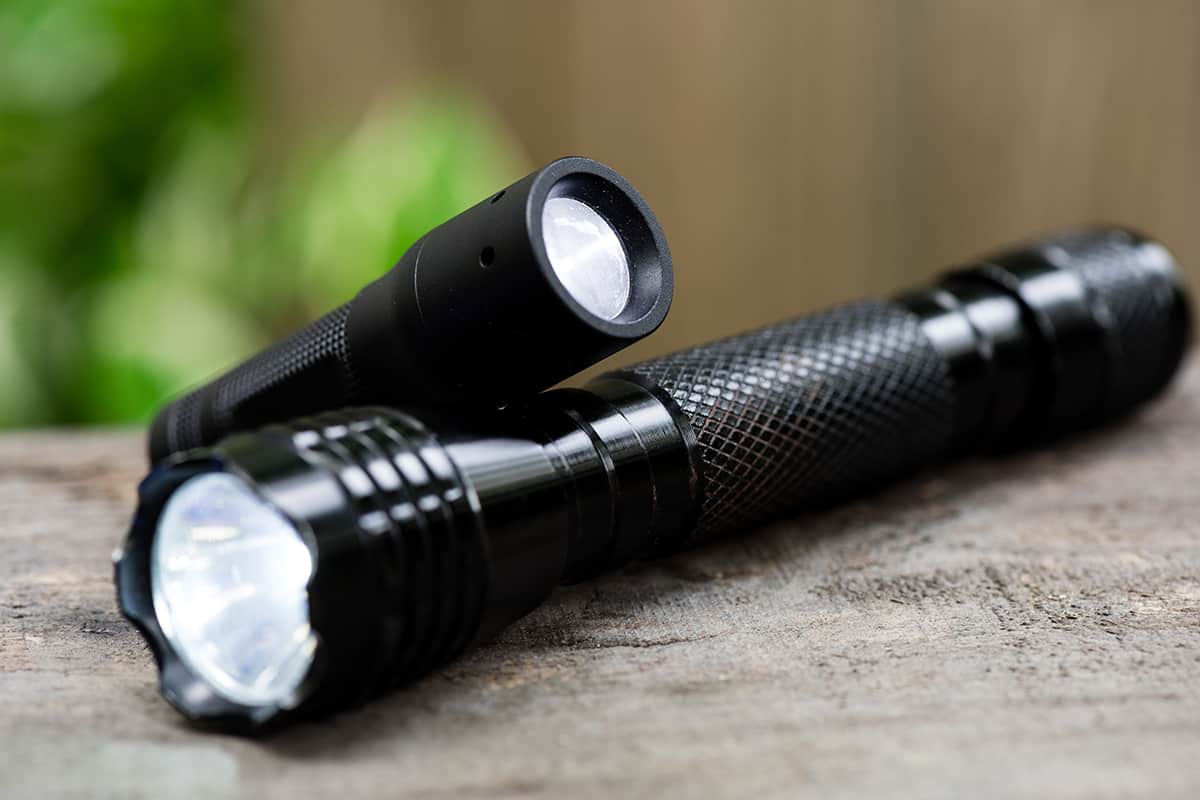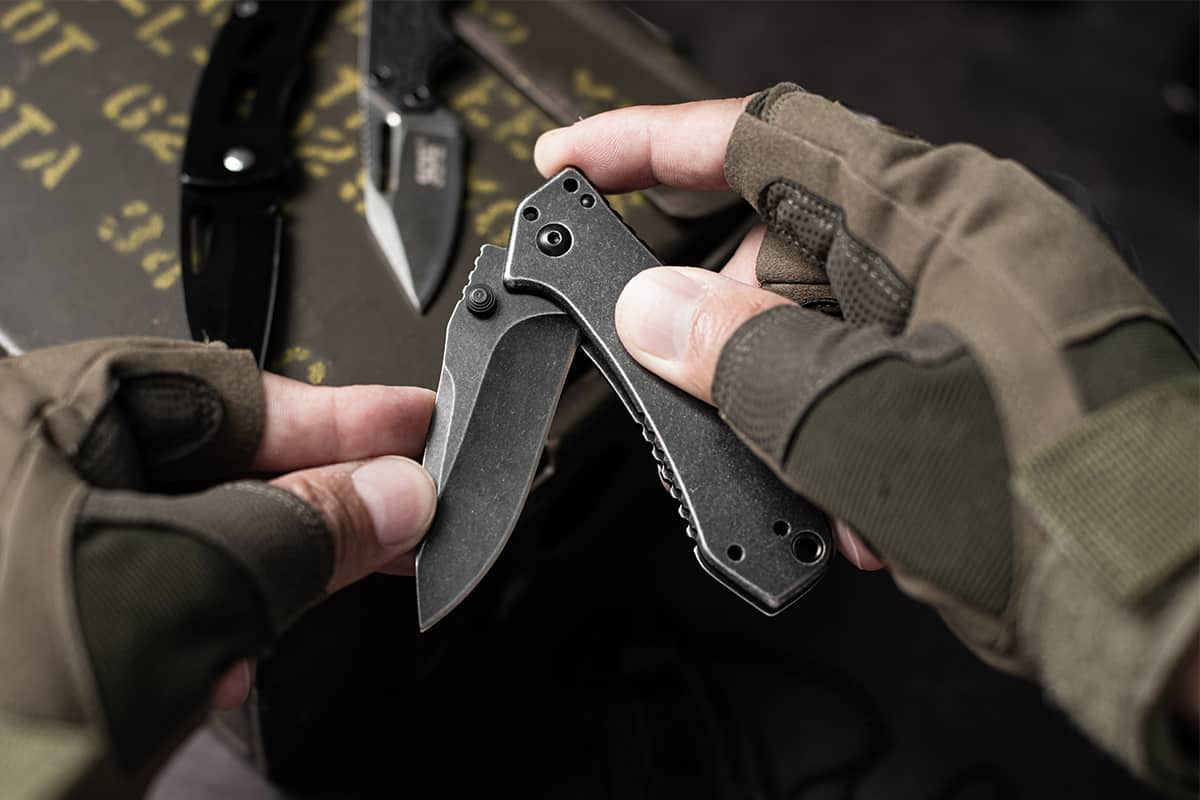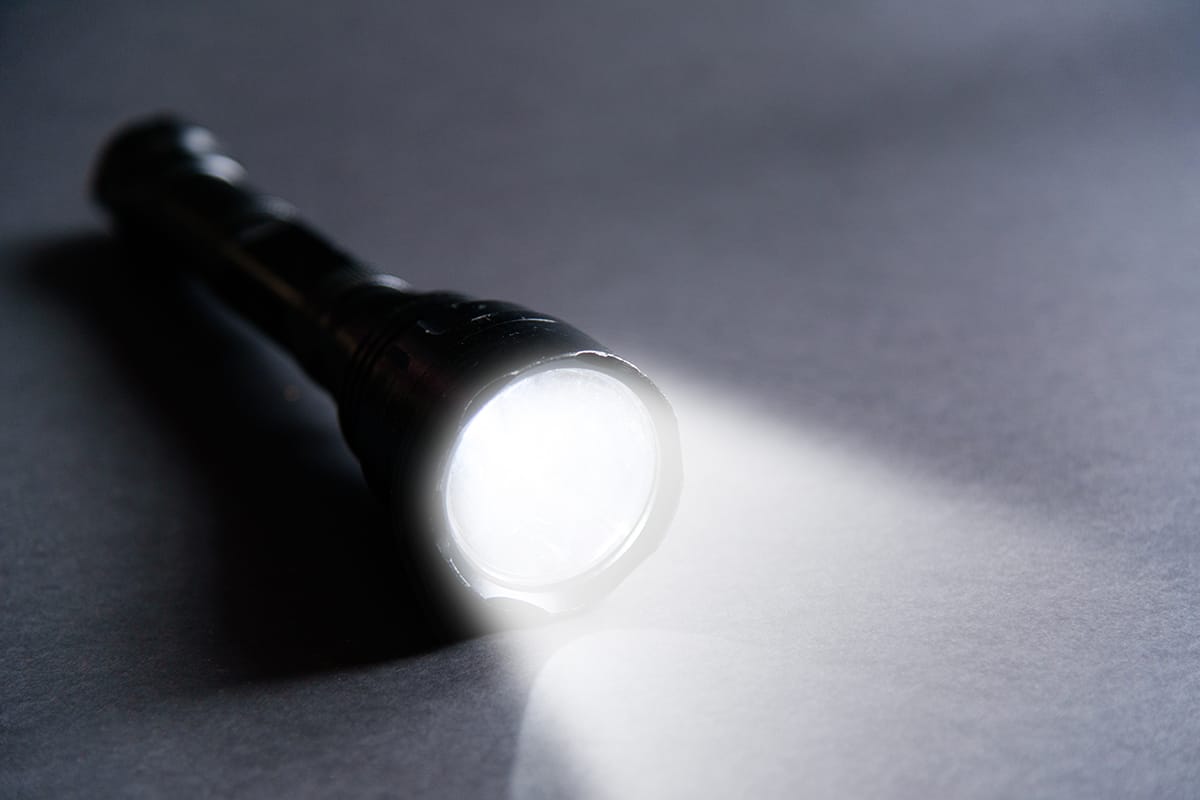The Ultimate EDC Knife Buyer Guide
-
Knife Basics
-
Best Knife Roundups
The majority of EDC gear users prefer reliable equipment that will last a long time, which is especially true for EDC knives.
There are many factors that determine how long a knife will support one’s needs. It all starts by choosing the right model, one that is made from quality materials.
Another extremely important aspect is proper care. The way a knife is carried, stored, used, sharpened, lubricated, and more determines how long it will serve its user.
Knife Selection
Users looking for a knife that will be used for years to come should limit their selection to high-quality EDC knives. Knives made out of premium materials have an obvious advantage. That goes for both, the blade and the handle.
Choosing knives from reputable brands with long traditions can also be a safer bet. Reputable companies have their status to maintain, which means they are less likely to put some low-quality product out on the market.
However, users should know that there are many budget and unbranded knives that have successfully served multiple generations. So, limiting one’s selection to only branded models is by no means obligatory.
Aside from ensuring that the quality of the material is good, users must also consider the intended purpose of the knife. What is the main use case? That is the question everyone should be able to answer. Not all knives are suitable for all situations.
For instance, a knife with a wooden handle would be a poor choice for someone using it in a wet environment.
EDC Knife Maintenance
Choosing a high-quality knife is very important since it gives a user an initial upper hand, yet it is the maintenance of the knife that plays a major role in a knife’s longevity.
There are several aspects to proper knife maintenance – sharpening, cleaning, and storing being the main three categories.
Sharpening
The edge is the most important part of any cutting tool. The knife’s purpose is to offer users the ability to cut. But sharpening doesn’t only ensure the knife’s functionality.
If the edge is dull, this means that the metal molecules forming it are not in a proper alignment. This misalignment can (and usually does) lead to microfractures and then further to macro damage of the blade.
With that in mind, users need to ensure that their blades are sharpened regularly but without overdoing it.
There are countless tools and options available for sharpening ranging from extremely expensive stones to simple and highly affordable sharpening tools. Fancy and expensive sharpening gear is obviously great, however, based on evidence, it is by no means a prerequisite to maintain a knife sharp.
More than a sharpening tool, it is up to the technique to deliver the best results. With that said, every knife owner should learn the basics in order to sharpen the knife accordingly and at a proper angle.
A person who doesn’t know how to sharpen a knife properly can do more damage than good.
Note: Many high-quality EDC knives come with detailed instructions on how to sharpen them properly. Users must follow those instructions.
Cleaning
Keeping a knife clean and free of debris is another requirement to extend its longevity. This doesn’t have to be anything special – a simple rinse under the water and wiping with a cloth or a T-Shirt will do the trick.
With fixed-blade knives, cleaning is super simple but it gets slightly more complicated with folding EDC knives. The latter have more complex anatomy. In order to clean them thoroughly, they should be disassembled occasionally.
Cleaning Folding Knives
Disassembling
To disassemble a folding knife, proper tools are required. These days, the majority of pocket knives use Torx 6 or Torx 8 screws. A driver with size matching bits is a must-have, which can be purchased at any hardware store. In some cases, a proper tool may come with a knife.
Note: Users need to check if their knife is meant to be disassembled. In some instances, taking the knife apart may void the manufacturer’s warranty.
Before users even try to disassemble a folding knife, they need to ensure that they have a flat surface. It is also recommended to have a cloth folded on that surface on which all the pieces will be put during the process to avoid losing in part or screw.
Users need to pay attention when disassembling the knife in order to memorize how all parts come together. One can snap a photo when doing this for the first time to use it as reference.
Further, caution is required when knives with more complex locking and/or deployment mechanisms are being disassembled. These may include spring and slightly more delicate parts. But in general, folding knives are robust and so are their individual parts.
Cleaning
Once a knife is disassembled, each individual part needs to be cleaned. Using warm water and mild soap tends to be the best practice. Toothpicks, old toothbrushes, and cotton swabs come in handy for reaching tight corners if needed.
Drying
Once all the parts are clean, make sure to dry them well. Using a clean cotton cloth is a standard procedure. It is advisable not to reassemble the knife while still wet.
Lubricating
Before reassembling the knife, it is good to lubricate the moving parts (this can also be done once assembled). There are special oils available on the market, however, olive oil does the trick too. When applying a lubricant, use it in small amounts and only to the parts in question (moving parts).
Reassembling
The next stop is reassembling the knife. Users need to ensure to put all the pieces in the right order and position. The final touch is to tighten the screws properly.
Storing Knives Properly
Unless users are handling their knives, they are stored somewhere. Either on them or in their bags/backpacks when in use, or somewhere at home or in a car when not in use.
Knife pouches can play a huge role in that aspect as they offer a high level of protection from dust, moisture, and other foreign materials. If carried in a pocket with other objects, the pouch offers protection from scratches, which can also contribute to the prolonged integrity of the knife.
When not in use, a knife should be stored in a dry place. If not in a pouch, it is recommended to clean it before using it in case it was stored for a longer period.
Knife Use vs. Knife Abuse
There is an ultra-wide range of EDC knife uses and they all have different needs and use-cases. Despite the fact that most high-quality knives are built for a tough environment, they are not immune to strain and stress.
With that said, users can expect their knives to serve them much longer if they are mainly used for simpler cutting tasks. On the other hand, knives that will serve for throwing, hammering, and in combination with hard materials, will surely cave in sooner.
Not all EDC knives are intended for the same use scenarios. As long as the users are focused on the task that a knife was built for, it is called ‘knife use’. When a knife is used for tasks that are not intended for it and are strainful, it is referred to as ‘knife abuse.’
Users interested in ensuring their knives’ longevity, should avoid knife abuse as much as possible.
Source link: https://theusmarines.com/blog/knife-care/ by Nathan Thomas at theusmarines.com

